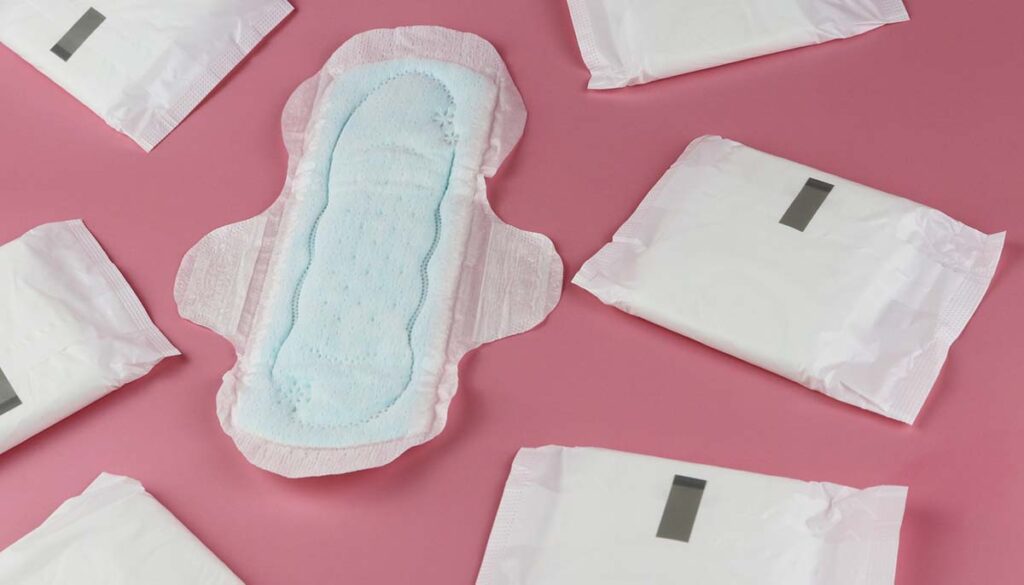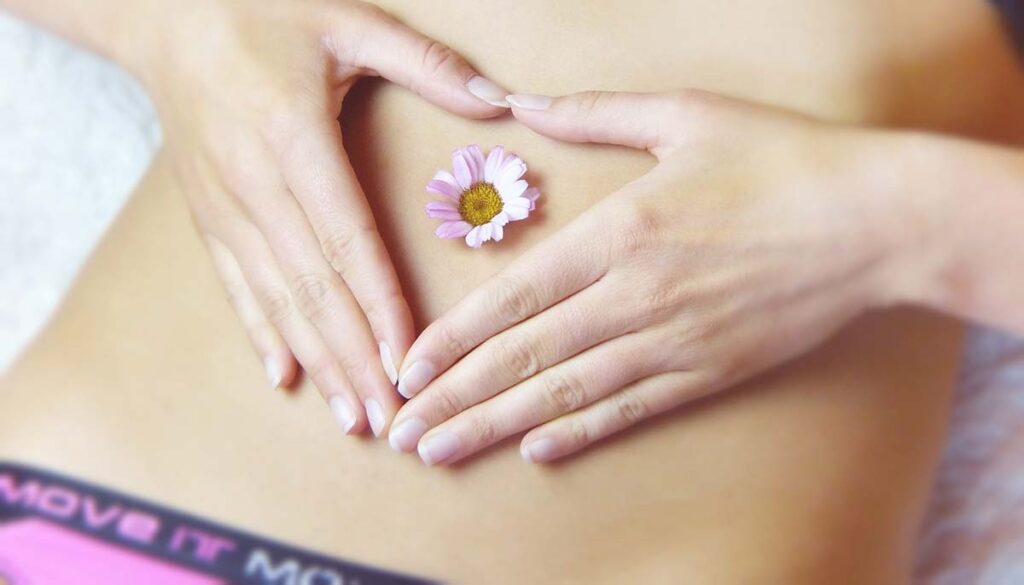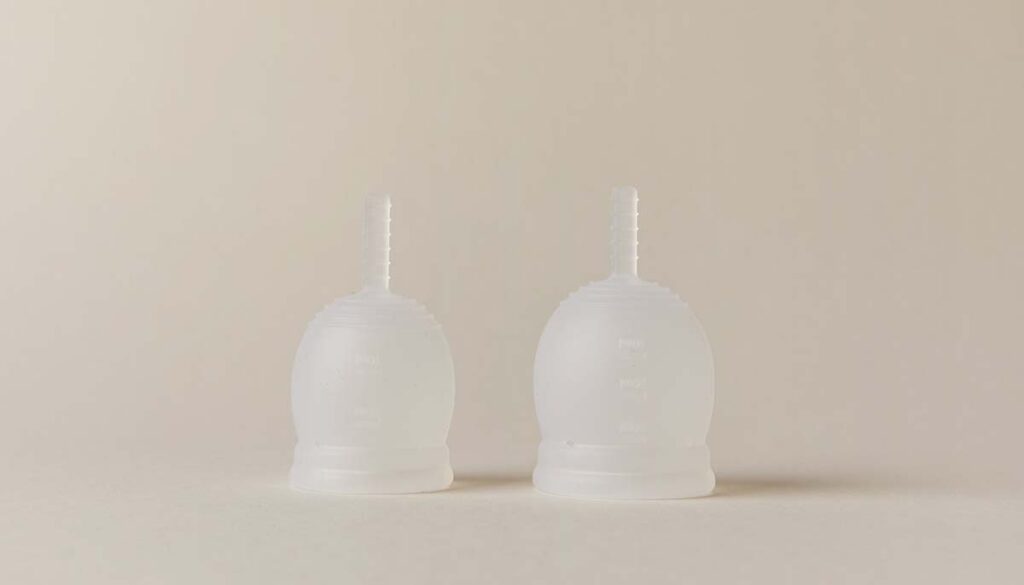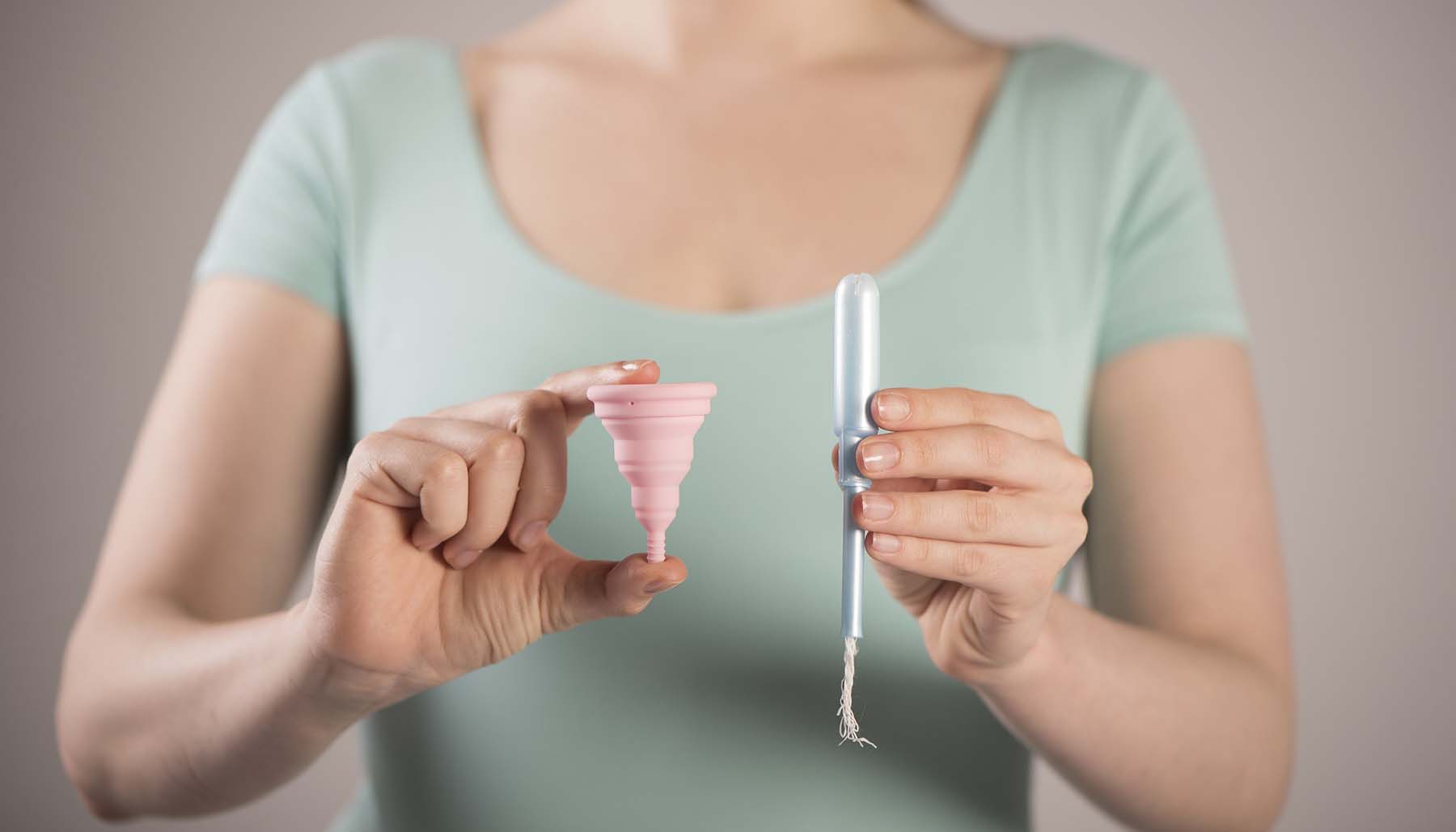It goes without saying, periods can get pretty uncomfortable. Along with our health, our comfort should be a priority when buying period-related products. Shouldn’t it?
Tampons might be what you’re most comfortable with, historically speaking. But there might be something better out there now. You’ve likely tried one or two of these tampon alternatives and already ruled them out in the past, but with time comes innovation. However, some of these popular tampon alternatives were invented by pioneers of better periods many moons ago.
“Between 1854 and 1915, twenty patents were taken out for menstrual products, including the first menstrual cups (generally made of aluminum or hard rubber), rubber pants (literally bloomers or underwear lined with rubber), and Lister’s towels (a precursor to maxi pads),” per helloclue.
Each product comes with its own pros and cons. Before you assume what you’re using is just fine, see if anything of these might actually be better for you. Trial and error is inevitable, but you’ll soon figure out what works best for you.
Looking to make the switch ASAP? Sit tight. You’re going to need to do a little research first, and we’re here to help with that.
Disposable Pads
Ranging between $6-$30 and offering 4-6 hours of protection, disposable pads have been a flow favorite for decades. They’ve been a popular alternative since Johnson & Johnson put their first prototype on the market back in 1896.
“While products were marketed door-to-door by the 1870s, the first commercial products available for a mainstream audience came in the 1890s with the products appearing in catalogs. Menstrual tools including a “Ladies Elastic Doily Belt” (a silk and elastic belt to which you’d attach a pad) and “Antiseptic and Absorbent Pad” were introduced at around the same time,” per helloclue.

“Sanitary pads” have always been a pretty straightforward option. Remember the first time you saw one of those commercials with the blue liquid being poured from a pitcher and onto a pad? For some of us, I feel like it was a rite of passage that came long before the first period, no matter how misleading.
These days, disposable pads are way more leakproof. In part, that’s largely thanks to the flaps, wings, and size options that have been added. As with most disposable options, the downside is that they’re not exactly made with earth-friendly materials, and while inexpensive, you have to buy them again and again. Disposable pads create a lot of waste over time, both in your waste bin and on the planet. But only you can decide if it’s time to move on.
Reusable Cloth Pads
If you like to look out for mother earth (and you plan to stay on top of your laundry), you might prefer reusable pads. They can cost anywhere from $10-45 dollars, but they may prove worth it when you don’t have to buy new ones nearly as often.

“Reusable menstrual pads have become popular again with consumers becoming more conscious of our carbon footprint and looking for ways to reduce waste. With growing concerns over what we put into landfills, many mass consumables such as diapers, pads + tampons, plastic bags, and paper towels have steadily been rivaled by reusable options,” per Pixie Cup.
They come in different sizes and different shapes, and they give you about the same timeline of protection as disposable pads (4-8 hours.) In many ways, they function similarly. But unlike the pads you throw away after one use, these are generally made with breathable cotton, earth-friendly, and machine washable for many periods to come.
Period Underwear/Panties
If you like the sound of cloth but you want to feel like you’re wearing next to nothing, then period underwear/panties might be just what you’re looking for. Costing between $15-$50, this tampon alternative can provide up to 12 hours of protection, on average.
Period underwear might be one of the most low-maintenance ways to go. These unique panties function like regular underwear in most ways, but not all.

Period panties are usually made with a moisture-wicking material. Unlike regular underwear, the special fabric can absorb blood while keeping moisture away from the skin. If you want to double up, they can easily be worn with other tampon alternatives, including menstrual cups and discs.
Depending on your flow, you’ll need to change this one every 10 to 12 hours. Cutting down on costs and waste, most brands now make products washable. Just be sure to use gentle detergents and air dry this environmentally-conscious option!
Menstrual Cups
Many fans of these little numbers say that once you switch to the menstrual cups, you won’t be going back. Menstrual cups might set you back $20-$40, but you’ll be able to easily clean them and reuse them for longer than most options. As noted by Lunette, “menstrual cups can last for several years. We recommend replacing your period cup every 1-2 years. You should replace yours if it has any tears, holes, or just isn’t in good condition anymore.”
Providing 6-12 hours of protection, most can absorb about an ounce of liquid, which is about twice the amount of even the most absorbent tampon or pad. In recent years, menstrual cups have been gaining popularity for a variety of reasons. Generally, this insertable option is more comfortable and less irritating than tampons. Menstrual cups are also great for active lifestyles and are safely wearable for longer periods of time than other options.

If you don’t feel like cleaning it, there are disposable menstrual cups out there too. Regardless of what kind of menstrual cup you go with, always wash your hands thoroughly and follow the specific instructions on the box. Not all menstrual cups are exactly the same.
Want to learn the basics? Here’s a helpful guide on how to use menstrual cups, compliments of Everyday Health. But before you buy one online tonight, you might want to discuss it with your doctor. For instance, if you are currently using an IUD as your birth control method, menstrual cups may not be right for you.
Menstrual Discs
They can cost anywhere from $14-$50, but those who swear by menstrual discs consider them a worthy investment. Like menstrual cups, you’ll have about 12 hours of protection, but they’ll sit flatter and higher in your cervix. Also, they’re often made out of plastic and silicone too.

Unlike cups, discs are not usually reusable. With that said, some brands are now making washable discs that are good for about one full period. Also, menstrual discs are said to be sex-safe.
“Menstrual discs don’t take up any real estate in your vaginal canal, making it an ideal option for period sex. They sit at the base of your cervix just like a diaphragm, so as long as it’s inserted properly, you and your partner shouldn’t be able to feel it,” per Healthline. Also, they may actually minimize some of your period pains. Now that’s worth looking into.
As for the risks, there are reportedly few. However, like other inserted methods, TSS is possible. Currently, there aren’t any serious risks associated specifically with discs, but menstrual cups are now connected to a risk of toxic shock syndrome (TSS) (with very few cases), and they do function similarly.
The Bottom Line
Even if you prefer tampons, it’s good to know what’s out there, just in case. For one thing, you never know when you’ll need to make a change, or you’ll have to make one when you least expect it.
In 2022, many women reported exploring their options purely out of necessity. “On social media, some have noticed a worrisome trend — they can’t find tampons in stores. While companies that make menstrual products haven’t acknowledged a shortage, Procter & Gamble told TODAY in a statement last week there’s ‘increased demand for our products,” Per TODAY.
Who knows what the future holds, so find out what you could be missing today and with your next period in mind. Ultimately, what works best will come down to a number of factors, including your flow, birth control method, and lifestyle. However, no matter which tampon alternative others rave about or insist you’ll love, only you can know something like that for sure.

No two menstrual cycles are exactly alike, but they obviously have some key things in common. Don’t let others convince you of what’s the best just because they’ve tried it. It’s a good idea to learn about others’ preferences, but you’ll still need to do the legwork.
Before your next cycle, consider giving that tampon alternative you’ve been thinking about a fair try. Or try one you’ve never considered. Who knows, you might find something you’ll love way more than what you’re using now. If you like tampons and plan to stick with them, that’s okay too. Whatever works for you is what’s best.
Periods don’t have to be so miserable. And a timely switch to a tampon alternative might be just what you need. But don’t just take my word for it, make better period products a priority. Shop around, figure out what works best, and then spill the tea with the rest of us.













